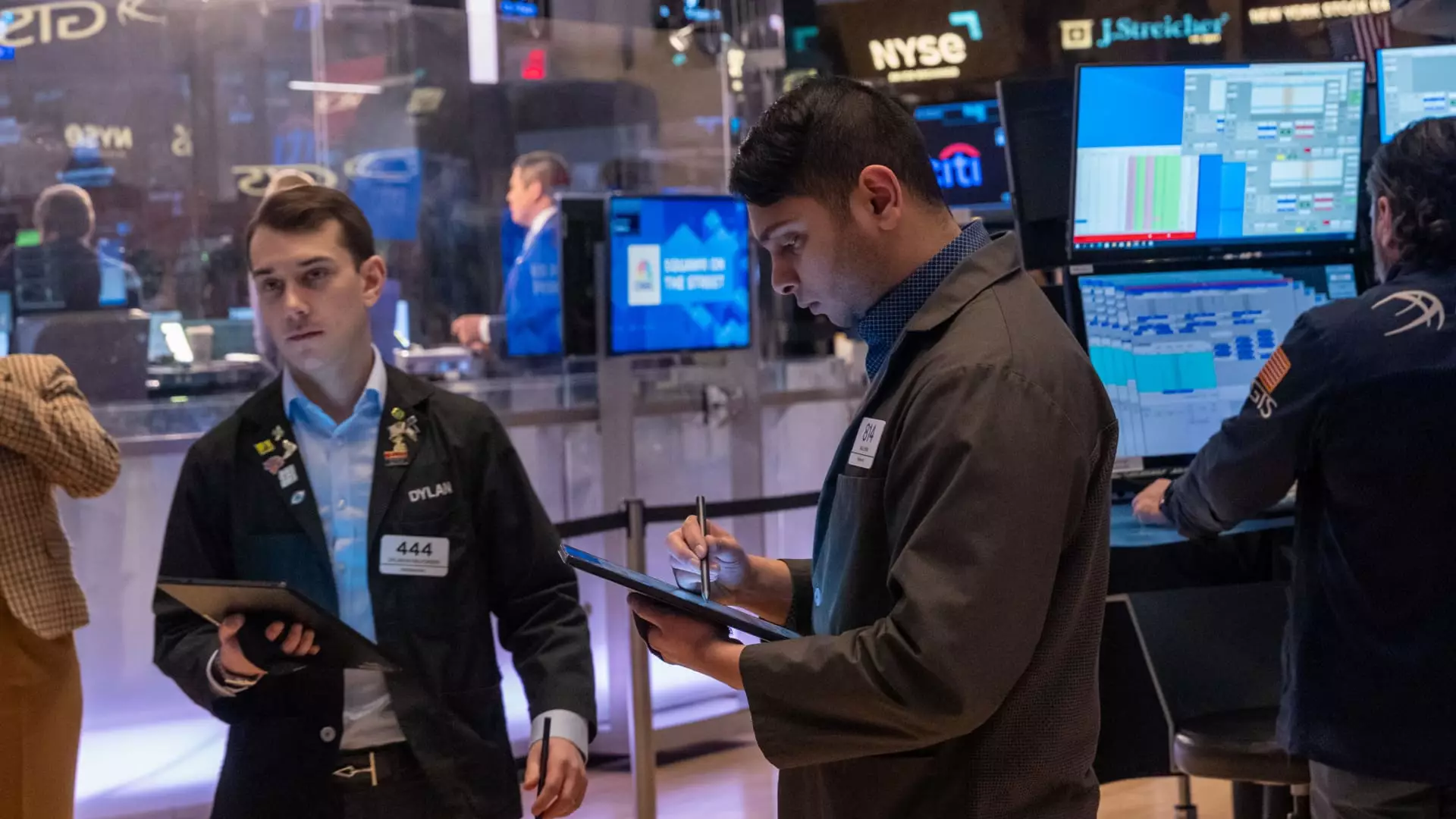In a rapidly evolving economic landscape, the implications of tariff policies loom larger than many market participants are willing to acknowledge. Mandy Xu from CBOE Global Markets raises vital concerns that are essential realities investors must come to terms with. The bond market has been signaling economic fragility for some time now, often outpacing the stock market in responsiveness to uncertainties—an oversight that could spell disaster for the naive trader. As volatility increases, those unwilling to see beyond superficial trends may find themselves caught off guard. The reluctance to accept the potential macroeconomic ramifications of tariffs makes an arguably complacent market vulnerable.
While the stock market appears fixated on picking winners and losers amidst the tangled web of President Trump’s trade policies, one must adopt a broader lens. Xu’s assertion that the options market is treating tariffs as isolated events rather than macroeconomic catalysts is illuminating. A perfect storm has been brewing beneath the surface; the blend of tariff impositions—25% duties on imports from Canada and Mexico, alongside an additional 10% on Chinese goods—threatens to shift consumer behavior and corporate profitability across the spectrum. When tariffs are viewed only through a lens of stock-specific impact, investors risk failing to grasp the overarching picture, which is a slowing economy and potential recession looming in the distance.
A Disturbing Disconnect
On the backdrop of a 16% spike in the CBOE Volatility Index, one can’t help but question why the stock market remains seemingly unfazed. The S&P 500’s decline into negative territory for the year marks a critical pivot which should not be ignored. Xu’s observation regarding record trading volumes in zero days-to-expiration options underlines the current investor psyche: a blend of panic hedging and casual near-term trading can create bizarre market dynamics. The rising volatility should be a wakeup call, yet the markets still seem mired in a comfortable denial. Even as the Nasdaq neared correction, complacency reigns over caution—a troubling indication of misplaced confidence or ignorance of impending doom.
Bond traders have adopted a more cautious stance, indicating an expectation of weaker growth and suggesting a looming recession. The rationale behind this can’t be overlooked; government layoffs and tariff impacts could lead to a demand shock unlike anything we have seen in recent years. While equity traders remain distracted by short-term gains, the bond market stands as a testament to the underlying economic unease. This diverging sentiment may be the ultimate contradiction of our time—a warning ignored by those embedded within the frenetic pulse of stock trading. The Federal Bureau of Labor Statistics employment report is a pivotal juncture on the road ahead, one that could either justify market resilience or precipitate a major downturn.
Xu rightly emphasizes the necessity of effective risk management in these turbulent times. Elevated hedging activity reflects an acute awareness among savvy investors that events can rapidly change their portfolio outlook. The incoming data on employment and tariff implications must underscore the reality of economic interdependence. As uncertainties swirl around tariff negotiations and their implementation timelines, the instinctual need to engage in protective trading—a considerable leap in zero days-to-expiration options—suggests that experienced traders sense imminent volatility that could easily disrupt market tranquility.
Concerns about diminishing consumer spending, particularly against the backdrop of government job reductions, cannot be understated. As the domestic workforce shrinks, one wonders how the average citizen will sustain spending habits that fuel growth. Economic stability is predicated on consumer confidence, and any disruption to that equation may send shockwaves through an already fragile economy. The nexus of tariffs and layoffs creates an environment where spending may not merely flatten but can potentially plunge. Observers must brace for a future where average Americans feel the direct consequences of policy decisions in their daily lives.
In this cacophony of economic discontent, those who dismiss the market signals may wish to reevaluate their strategies. Hidden vulnerabilities may not remain hidden for long, and as the pieces of the economic puzzle continue to shift, a prudent approach may be the key to navigating these treacherous waters.

